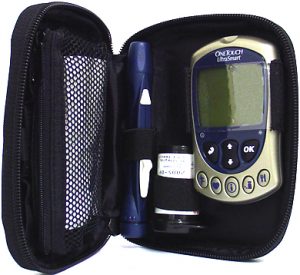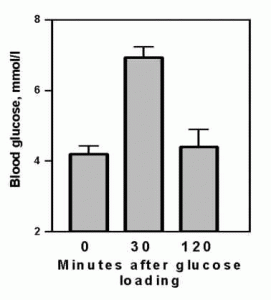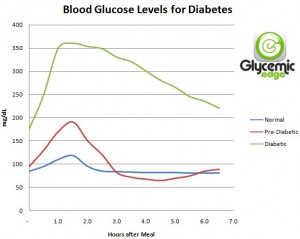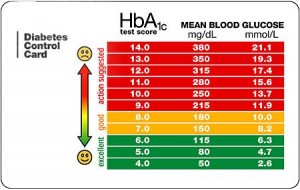Neuropathy Cures
One of the fastest growing health problems of the modern age is neuropathy, and neuropathy cures and treatments have become big business. The word neuropathy means nerve pain, and neuropathy is usually a sign of some underlying health problem, such as diabetes or multiple sclerosis.
This is not always the case, however, and some forms of neuropathy are idiopathic, which means that the cause of the problem is unknown. In either case neuropathy causes tingling, numbness, and in some cases pain so severe that it can greatly decrease the quality of life for those who suffer from it.

In other cases, the cause can’t be readily or easily determined, and the neuropathy cures are aimed simply at treating the pain or numbness that is associated with the neuropathy itself.
In mild cases of neuropathy over the counter pain medications such as ibuprofen may be sufficiently effective at treating the disease. In most cases however, and oral pain medication is prescribed by the patients physician as a way of taking care of the pain.
In some cases antidepressant medications are even more effective than traditional analgesics, and may also help the patient’s mental status in the meantime. Topical medications, like lidocaine patches and gels may be prescribed to treat some forms of neuropathy and can be quite effective.
No matter which neuropathy cures a patient chooses to try, one of the most important things that can help is maintaining a good attitude. As long as the patient can maintain a good attitude about their condition they can still find enjoyment in life, and hope that a cure is right around the corner.




